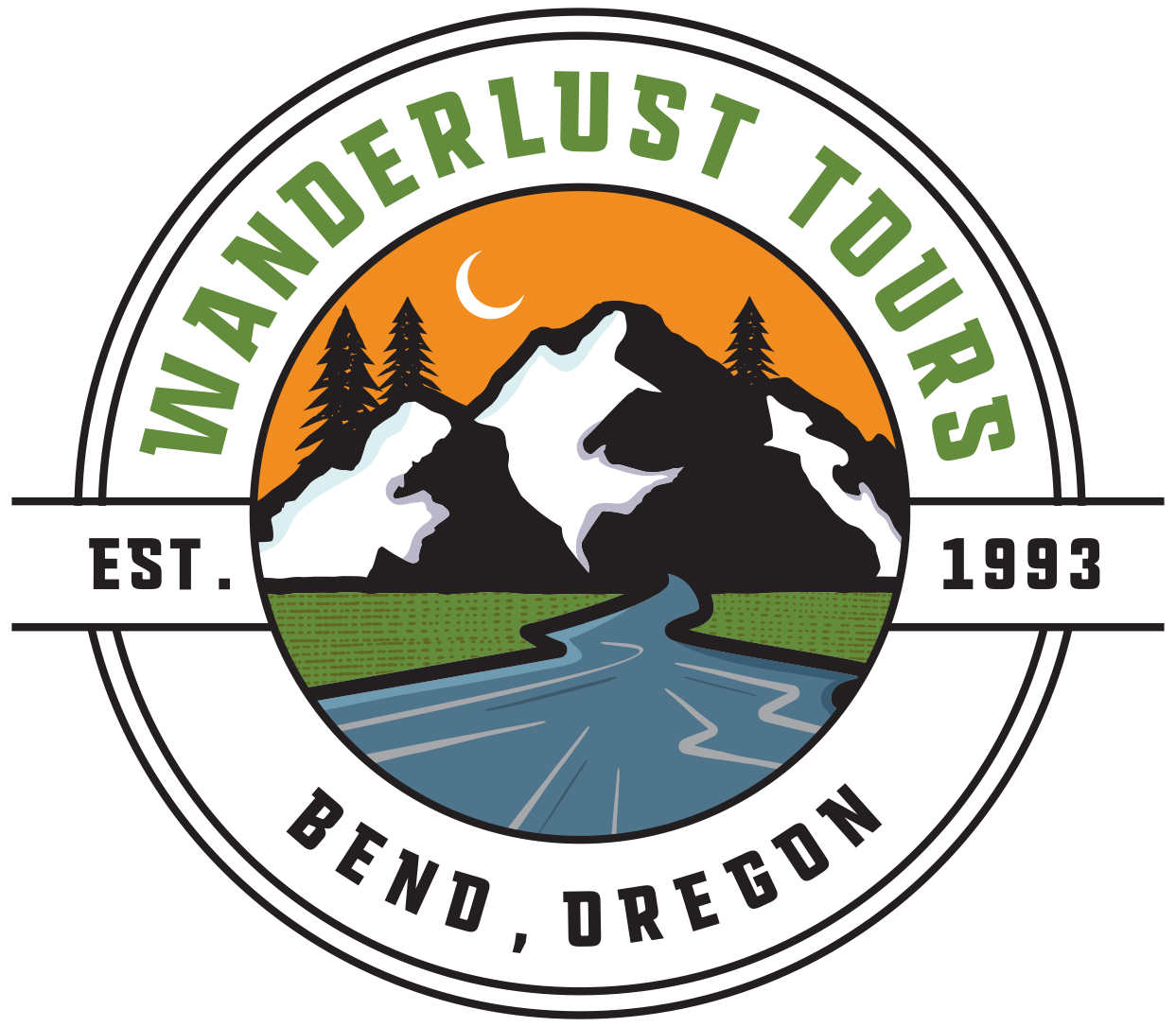Photo by Danny Walden
From mid-May until late August, depending on your elevation, humans are graced with nature's unfurling array of color and aroma via delicate and sometimes ornate blossoms.
But, we humans are the least of earth's creatures who benefit from these flowers- of greater importance are insects, those which receive food from and provide cross-pollination for these gems. The fundamental foundation of life on earth is, in part, generated from these visually pleasing wildflowers.
This might tell you to do everything you can to protect them while you enjoy them. Stay on trails, enjoy them close-up from a camera lens, not in your palm after picking them. And, see if you can spot insects hovering around flowers, they too are fascinating. Enjoy!
Bitterbrush is a common groundcover for many dry areas in central Oregon that adopt the ecosystem similar to sagebrush steppe. The small shrub is deciduous with yellow flowers. Although the tiny berries are technically edible, the name makes it clear that they are very unpalatable to humans. For mule deer on the other hand, not only do they love munching on these berries, but it is actually a staple for their diet for parts of the year. A short walk with a Naturalist Guide before going down into a Cave is usually a great opportunity to spot Bitterbrush blossoming this time of year.
Almost everyone is familiar with Dandelion, as it is one of the most widespread vascular plants in the world. The common name stems from the French, “dent de lion” or jagged tooth referring to the jagged shape of the leaves. Most refer to this as an obnoxious weed in their yard and would be surprised to find out that there are many medicinal uses for it. The root can descend longer than 3ft in the ground, and this is commonly harvested and made into tea. Native Americans often boiled this root to heal kidney problems. We have adopted this useful information and now this tea is found in most grocery stores. A canoe or kayaking tour on Paulina Lake would be a great place to paddle on the water next to the dandelions on shore.
Photo by Drew Pick
The middle of summer means it’s a perfect time to see Penstemon. Oregon is home to over 45 different species of this native plant, with many different varieties of colors just within Central Oregon. These wildflowers grow in rocky areas, in higher elevations, which means that a Volcano Tour might offer opportunities to spot them near the big obsidian flow, even a paddle at Sparks Lake.
The lines on the inside of the flower are guidelines for pollinators, as many bees and butterflies are enticed by the vibrant colors. Insects are the only ones benefiting from these flowers. The roots were harvested by Native Americans for hundreds of years as a medicinal plant. The anti-inflammatory properties were used to heal toothaches and speed up the healing process of any wounds.
Beargrass providing refuge to Lepturobosca chrysocoma
Although I’ve guided in other areas of the world, I love getting outside in Bend during early summer. Botany has always been a passion of mine but there’s nothing like it when the wildflowers are out blooming. They can be found in cracks and crevasses in the alpine or in meadows near lakes. Almost every other week the variety changes with which wildflowers are in bloom, so even if you do the same hike multiple times in one month, it can be drastically different.
Wanderlust Trivia
Congrats to Cheri K. for correctly identifying the below wildflower!
Rosa woodsii - Woods Rose, Common Wild Rose, Mountain Rose.











